Introduction
Pipeline maintenance technology has evolved significantly over the years, adapting to the growing demands of industries that rely heavily on pipeline systems. One of the standout solutions in this field is the bidirectional pig, a device designed to maintain and inspect pipelines efficiently. This tool plays a critical role in ensuring the operational integrity and safety of pipeline networks.
Bidirectional pigs offer a versatile approach to pipeline cleaning and inspection. Unlike traditional pigs, which only travel in one direction, bidirectional pigs can move both ways within a pipeline. This dual-direction capability allows for more thorough cleaning and inspection processes, as the pig can cover the same section multiple times if necessary.
The introduction of bidirectional pigs marked a significant improvement in pipeline maintenance strategies. They not only enhance the efficiency of cleaning operations but also help in the early detection of potential issues such as blockages and wear. As a result, industries such as oil and gas, water treatment, and chemicals benefit greatly from reduced downtime and improved pipeline reliability.
Moreover, the use of bidirectional pigs minimizes the need for multiple entries and exits in the pipeline system, streamlining the maintenance process. This efficiency is crucial in minimizing operational disruptions and maintaining continuous flow within the pipeline. Thus, bidirectional pigs have become an indispensable tool in modern pipeline maintenance, combining effectiveness with practicality.
Parameters of the Bidirectional Pig
| Name | Oil Pipe Pig |
| Material | 1. steel framework main body. |
| 2. The disc material used to be Polyurethane, Viton, Neoprene, Nitrile butadiene etc. | |
| 3. The cup material used to be Polyurethane, Viton, Neoprene, Nitrile butadiene etc. | |
| 4. Steel brush or nylon brush. | |
| Feature | 1. Firstly, good wearing resistance. |
| 2. Secondly, strong passing ability. | |
| 3. Nice cleaning performance. | |
| 4. Then accurate location and tracking. | |
| 5. At last, a low rate of false positives. | |
| Packing way | packed pipe cleaning pigs with inner plastic film and outer plywood wooden case. |
| Payment | TT/LC |
| Advantage | 1. Firstly, good sealing performance. |
| 2. Secondly, high wear resistance. |
What is a Bidirectional Pig?
A bidirectional pig, often essential in pipeline maintenance, ensures efficient cleaning and inspection. This device, capable of traveling in both directions within the pipeline, offers versatile application options. It can perform hydrostatic testing, water displacement, debris removal, and even product separation. Its ability to reverse direction is particularly valuable, allowing for repeated coverage of any pipeline section. This feature greatly enhances the thoroughness of cleaning and the efficiency of inspections.
The primary components of a bidirectional pig include sealing discs, drive discs, and support discs. The sealing discs play a crucial role, as they are slightly larger than the pipeline’s internal diameter. This size difference, known as “interference,” ensures a tight fit, which enhances the pig’s sealing capabilities. On the other hand, the support or guide discs are slightly smaller than the pipeline’s diameter, about 1% or 2% less, to facilitate easy movement within the pipe. Drive discs provide the necessary propulsion, helping the pig move effectively against the pipeline flow or with it, depending on the task.
Furthermore, for enhanced cleaning capabilities, operators can equip bidirectional pigs with brushes. These brushes aid in scrubbing off light deposits from the pipe walls, improving the overall cleaning process. This combination of features makes the bidirectional pig a robust tool for maintaining pipeline integrity and operation efficiency.
The Importance of Pipeline Cleaning
Regular pipeline cleaning is crucial for maintaining the efficiency and safety of industrial operations. Over time, pipelines can accumulate debris, scale, and other residues, which can reduce flow efficiency and increase the risk of blockages. Routine cleaning helps prevent these blockages and maintains optimal flow rates. Moreover, cleaning is essential for preventing corrosion, which can weaken pipelines and lead to leaks or bursts. This maintenance not only prolongs the lifespan of the pipelines but also ensures the quality of the transported materials, whether they are oil, gas, or water. Neglected pipelines pose significant risks; they are more likely to experience operational failures that can cause environmental damage and incur high repair costs. Regular cleaning, therefore, is a preventative measure that safeguards against these costly disruptions.
How Bidirectional Pigs Work
Bidirectional pigs are sophisticated tools designed for efficient pipeline maintenance. They operate by moving back and forth within a pipeline, which allows for comprehensive cleaning and inspection from both directions. This capability is especially beneficial in long or complex pipeline systems where access points are limited. The mechanics involve the pig being inserted into the pipeline, where it travels with the flow of the product or can be pushed by an external force. Its design includes various discs and brushes that clean the interior surfaces as it moves. The directional capabilities of bidirectional pigs not only enhance cleaning effectiveness but also provide flexibility in maintenance scheduling and operations. They can address areas of concern immediately by reversing direction, ensuring that all sections of the pipeline receive thorough attention. This dual-direction functionality makes them a preferred choice for operators seeking to maintain high standards of pipeline integrity and efficiency.
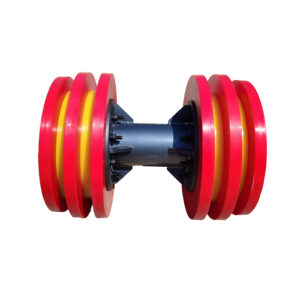
Benefits of Using Bidirectional Pigs
Bidirectional pigs deliver remarkable benefits, enhancing both efficiency and cost-effectiveness in pipeline maintenance. Their design allows for cleaning and inspecting pipelines in both directions, which drastically improves the thoroughness of these processes. By enabling multiple passes over the same section from different directions, these pigs ensure that no area is overlooked. This comprehensive approach minimizes the risk of pipeline failures and the need for frequent re-cleaning, which in turn increases the overall efficiency of the maintenance operations.
Moreover, the ability to travel in both directions reduces the need for multiple entries and exits during inspections and cleanings. This capability significantly cuts down on operational downtime. Pipelines can return to full operation much faster compared to using traditional, unidirectional pigs. Less downtime means less disruption to regular operations, which is critical for industries relying heavily on continuous pipeline usage.
In terms of cost-effectiveness, bidirectional pigs save substantial amounts of money over time. The initial investment in these pigs often pays off quickly due to their impact on reducing maintenance frequency and avoiding costly repairs from pipeline failures. Efficient cleaning and maintenance routines extend the lifespan of pipeline infrastructure, delaying the expensive process of replacement. Therefore, bidirectional pigs represent a smart investment for any operation seeking to optimize their maintenance budget while maintaining high safety and functionality standards in their pipeline systems.


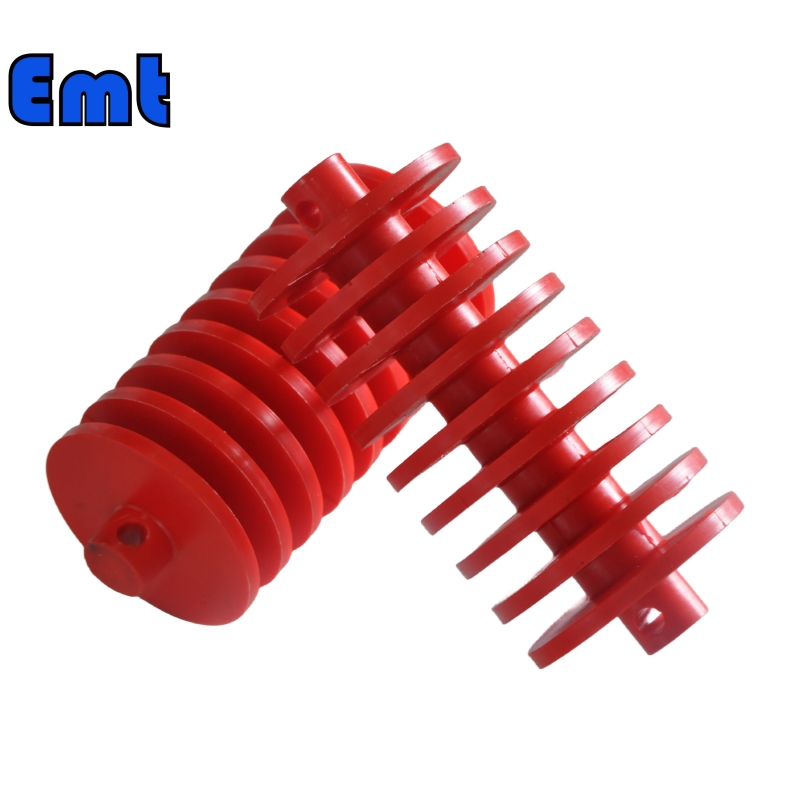
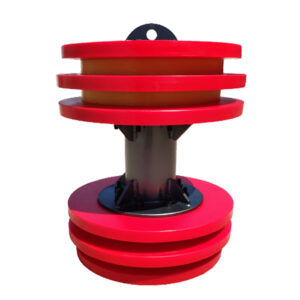
-300x300.jpg)
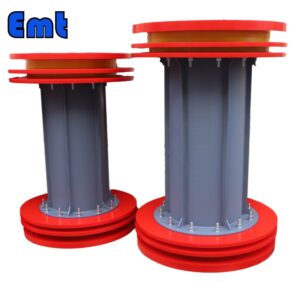
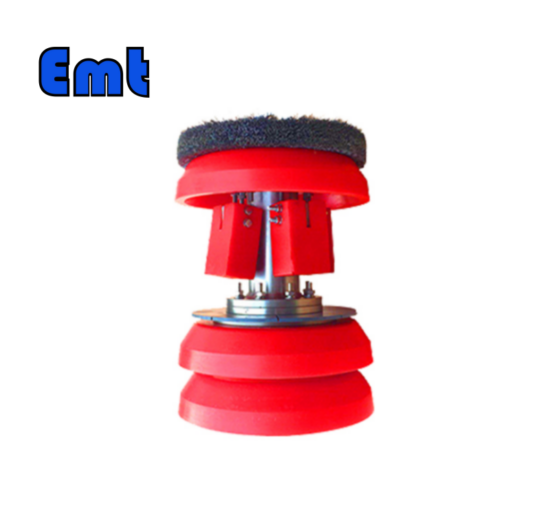
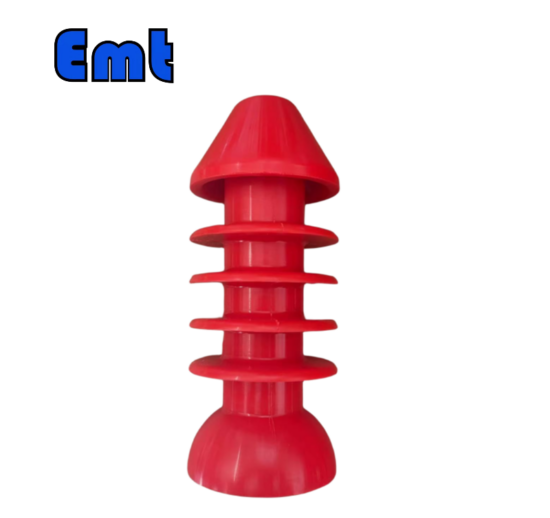
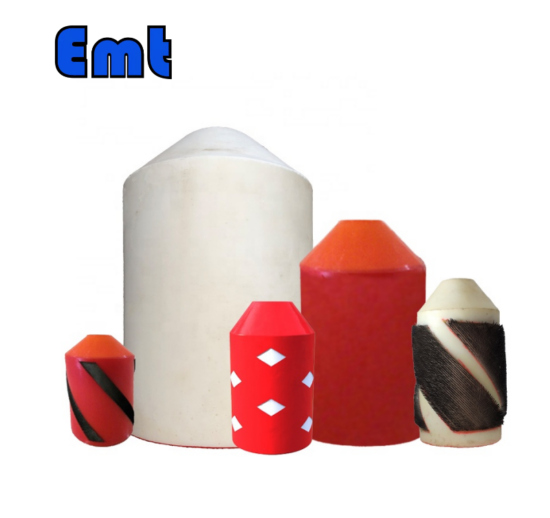
There are no reviews yet.